Choosing the Right Battery for Your Off-Road Adventures
When you’re gearing up for an off-road adventure, your battery choice can make or break your trip. Whether you’re powering a 12V fridge, a winch, camp lights, or other accessories in your vehicle, you need a battery that fits your needs. In this article, we’ll break down the benefits and limitations of lithium, AGM (Absorbent Glass Mat), and traditional lead-acid batteries. We’ll focus on key factors like temperature performance, lifespan, maintenance, weight, size, and cost—plus provide use case scenarios to help you decide.
Temperature Performance
Temperature extremes are a big deal for off-roaders, especially under the hood where heat builds up fast. Here’s how each battery type holds up:
- Lithium Batteries: These batteries pack a punch but struggle with extreme temperatures. Take the Dakota Lithium 135Ah battery we’ve been using in our Jeep Wrangler JL—it’s mounted in a steel tray above the engine’s exhaust manifold. On a recent long road trip, we noticed it shut off its output when we stopped at a hotel, cutting power to our 12V fridge. Dakota Lithium’s tech support explained that it has a safety feature: it turns off its output at 167°F to prevent thermal runaway and should turn back on after cooling below 150°F for 5 minutes. In cold weather, it can’t charge below 32°F, but an internal heater kicks in to warm it up first. It can still provide power to your devices down to -20°F, though. To tackle the heat issue, we’re partnering with Design Engineering to include a custom heat shield with our Omega kits. This heat shield sticks to the JT / JT battery tray’s bottom and the side closest to the engine, blocking radiant heat from the exhaust. Our tests show it significantly lowers the temperature between the battery and the tray, which means the battery will run longer before shutting off—though long road trips or extreme ambient heat might still push it over the edge. Just be aware of this built-in safety feature. Even though it may seem inconvenient that the output shuts off at 167 and that it cannot be charged below freezing temps, the right use cases can still enjoy the benefits of lithium.
- AGM Batteries: AGM batteries are tougher in varied climates. They can tolerate hot and cold well, without the shutdowns you see with lithium. Top quality AGM batteries like the ones we sell from Odyssey and Full River can operate in temperatures as low as -40F and as high as 176F. They are not immune from problems though, as anyone who lives in the desert southwest will tell you. Very high temps can reduce the lifespan of even the toughest batteries, and the physics of how batteries produce and transfer electricity means they will have less power available the colder it gets below freezing. However, because the electrolyte is absorbed into the glass mat that sits between the lead plates, they can handle the temperature extremes better than wet lead acid batteries.
- Lead-Acid Batteries: Traditional lead-acid batteries do fine in moderate conditions but falter in extremes. Cold weather reduces their capacity more noticeably, while heat speeds up electrolyte evaporation which escapes the battery case as gas that can cause corrosion around the posts, shortening their life. They lack the strict cutoffs of lithium, but performance still takes a hit outside mild climates. The key to cold weather is keeping the battery fully charged because the electrolyte freezes at a much lower temperature when fully charged compared to a discharged battery, which can freeze at 30F. That freezing can also expand the electrolyte, damaging the battery cells inside and even the case.
Bottom Line: AGM wins for consistent performance in all temperatures. Lithium needs extra care in heat and cold, while lead-acid is best for temperate zones.
Lifespan
How long your battery lasts affects both reliability and cost over time:
- Lithium Batteries: These last the longest — around 5,000 charge cycles of draining it down by 80% and then recharging all the way back up. That’s many years of use, even with frequent trips, making them a solid long-term investment.
- AGM Batteries: AGM offers a middle ground with 400 to 500 cycles. They’re great if you don’t drain your battery daily but still want decent durability. Plus AGM batteries will give you warning signs that they are nearing the end of their life. You’ll start to notice that they don’t hold their charge as long, meaning your 12v fridge won’t stay running as long as it did in the past. They still provide a lot of life for the cost, and that’s why AGM is still by far the most popular option for offroaders.
- Lead-Acid Batteries: Your traditional car batteries have the shortest lifespan at 200-300 cycles. You’ll replace them more often, which can add up. If the only thing the battery is doing is cranking the engine, and then getting topped off by the alternator, then it will likely last a long time. As soon as you start draining it down with your accessories and recharging it, you’ll see they don’t last as long as you’d wish. Have you ever been driving around town running errands, and come back out to the car and suddenly the engine won’t start? Lead acid batteries can die suddenly with very little or no warning.
Bottom Line: Lithium is king for longevity, followed by AGM, with lead-acid trailing behind.
Maintenance
Nobody wants to babysit their battery on the trail. Here’s the rundown:
- Lithium & AGM Batteries: Both are maintenance-free. Sealed designs mean no checking electrolyte or adding water—just install and go.
- Lead-Acid Batteries: These need regular attention. You’ll have to top up the electrolyte and keep an eye on corrosion, which can be a hassle in remote areas. Be sure to only use distilled water because it is free of impurities, minerals, and contaminants that can harm the lead plates. Never use tap water or even bottled drinking water because minerals like calcium or magnesium can form deposits on the plates, which interferes with the chemical reactions needed for the battery to function, shortening its lifespan. Who has time for all that anyway?
Bottom Line: Lithium and AGM are hands-off; lead-acid demands upkeep.
Weight & Size
In a vehicle, every pound and inch counts:
- Lithium Batteries: The lightest and smallest option. The Dakota Lithium 135Ah battery, for instance, weighs only 27lbs, perfect for weight-conscience drivers.
- AGM Batteries: Heavier than lithium but still more compact than lead-acid when comparing the same capacity. They strike a balance that makes the most sense for the cost.
- Lead-Acid Batteries: The heaviest and largest. They’re a challenge in cramped setups or if you’re watching your vehicle’s weight. It takes a physically larger lead acid battery to get the same power capacity as an AGM.
Bottom Line: Lithium is the weight-saver; lead-acid eats up the most room.
Cost
Your budget matters—here’s how the numbers stack up:
- Lithium Batteries: Highest upfront cost, but their long life and no maintenance can save money over time. For roughly 3 times the cost of AGM, you get about 10 times the lifespan.
- AGM Batteries: Moderate price tag. A mix of performance and affordability that, for the cost, is hard to beat, which is why they will continue to be the most common choice at least until the cost of lithium comes down some more.
- Lead-Acid Batteries: Cheapest to buy, but frequent replacements and upkeep can make them pricier long-term.
Bottom Line: Lithium is a big initial hit with savings later; lead-acid is cheap now but costly over time.
Use Case Scenarios
Not sure which battery fits you? Check these scenarios:
- Frequent Off-Road Adventures: Go with lithium. Its long lifespan, fast charging, and high energy density (like the Dakota Lithium’s 1,000 CCA and deep-cycle combo) keep you powered up on extended trips. Just be aware and plan for temperature challenges.
- Occasional Use: AGM is your match. It’s reliable, maintenance-free, and cost-effective for shorter or less frequent outings—think weekend warriors.
- Budget-Conscious Users: Lead-acid keeps cash in your pocket upfront. It’s fine for light use if you don’t mind the extra care and replacements.
Wrapping Up
Picking the right battery for your dual battery system depends on your priorities. Lithium offers top-tier performance and longevity but needs temperature management. AGM delivers solid all-around reliability with no fuss. Lead-acid is the budget pick but comes with trade-offs. Think about your travel habits, climate, and wallet to find your perfect fit. Always feel free to give us a call at 901-214-5337 or email info@genesisoffroad.com and we’ll be happy to help you decide what’s best for you and your vehicle.


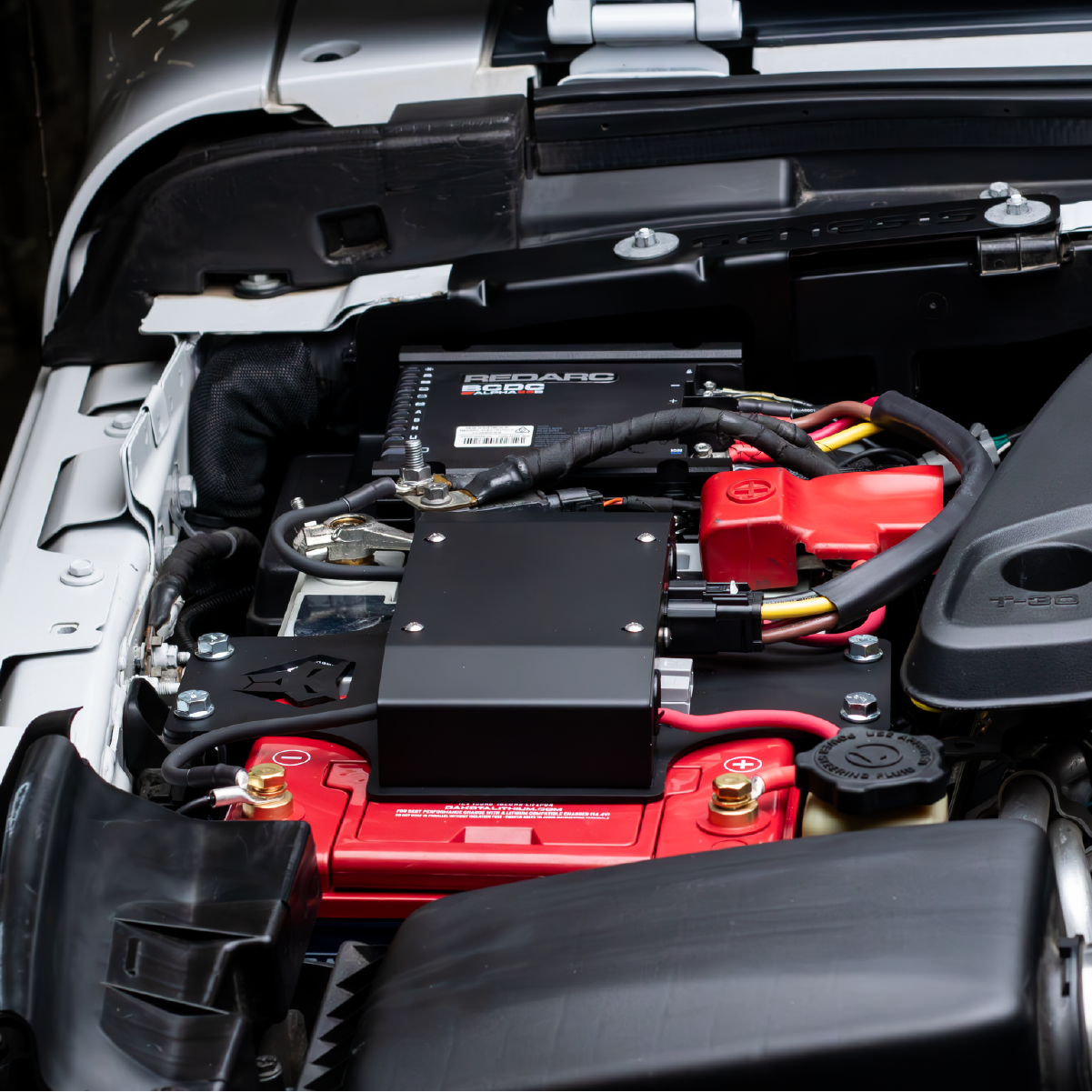
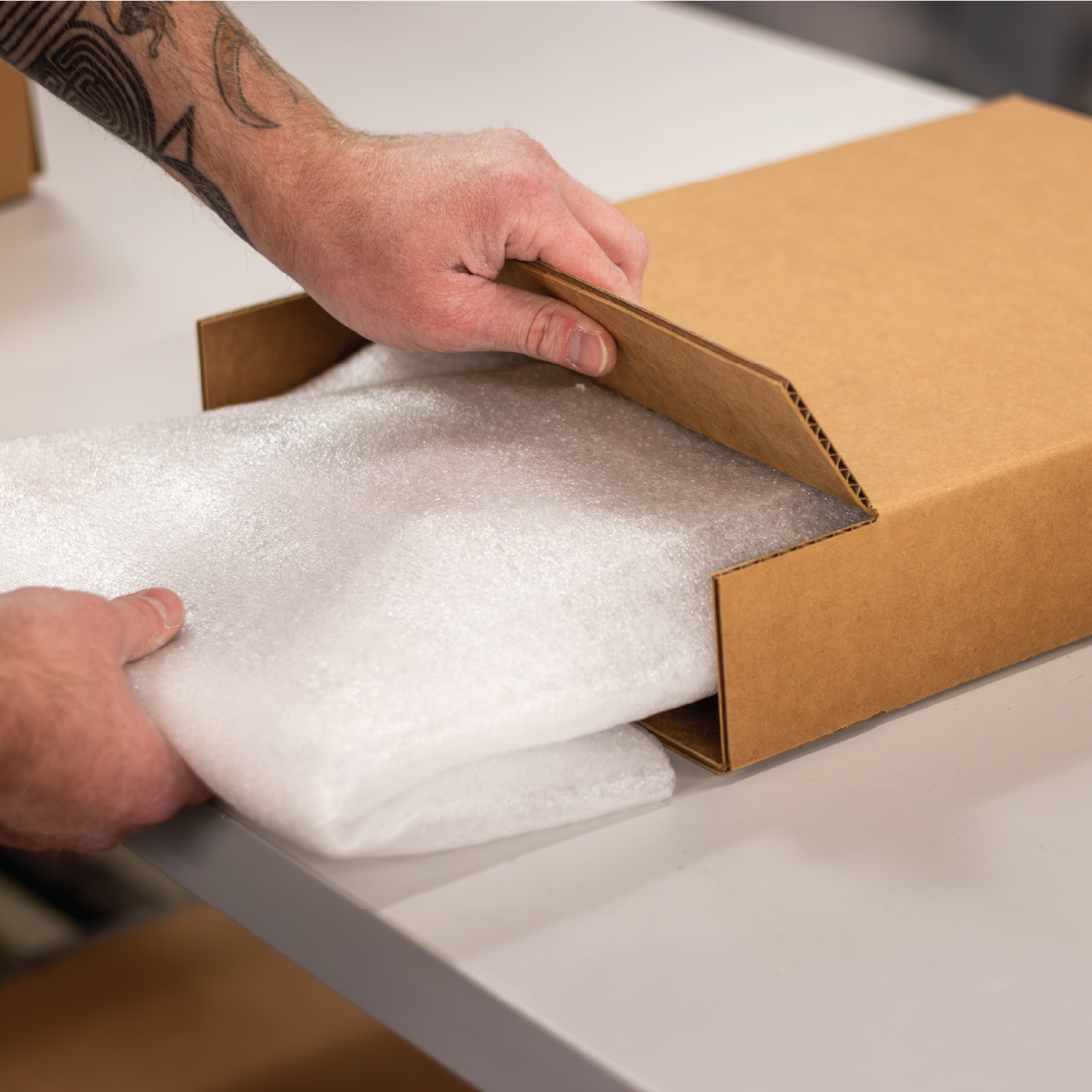
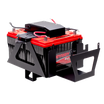
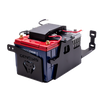

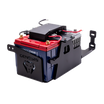

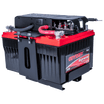
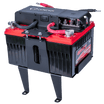
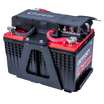
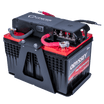

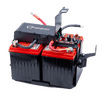
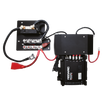
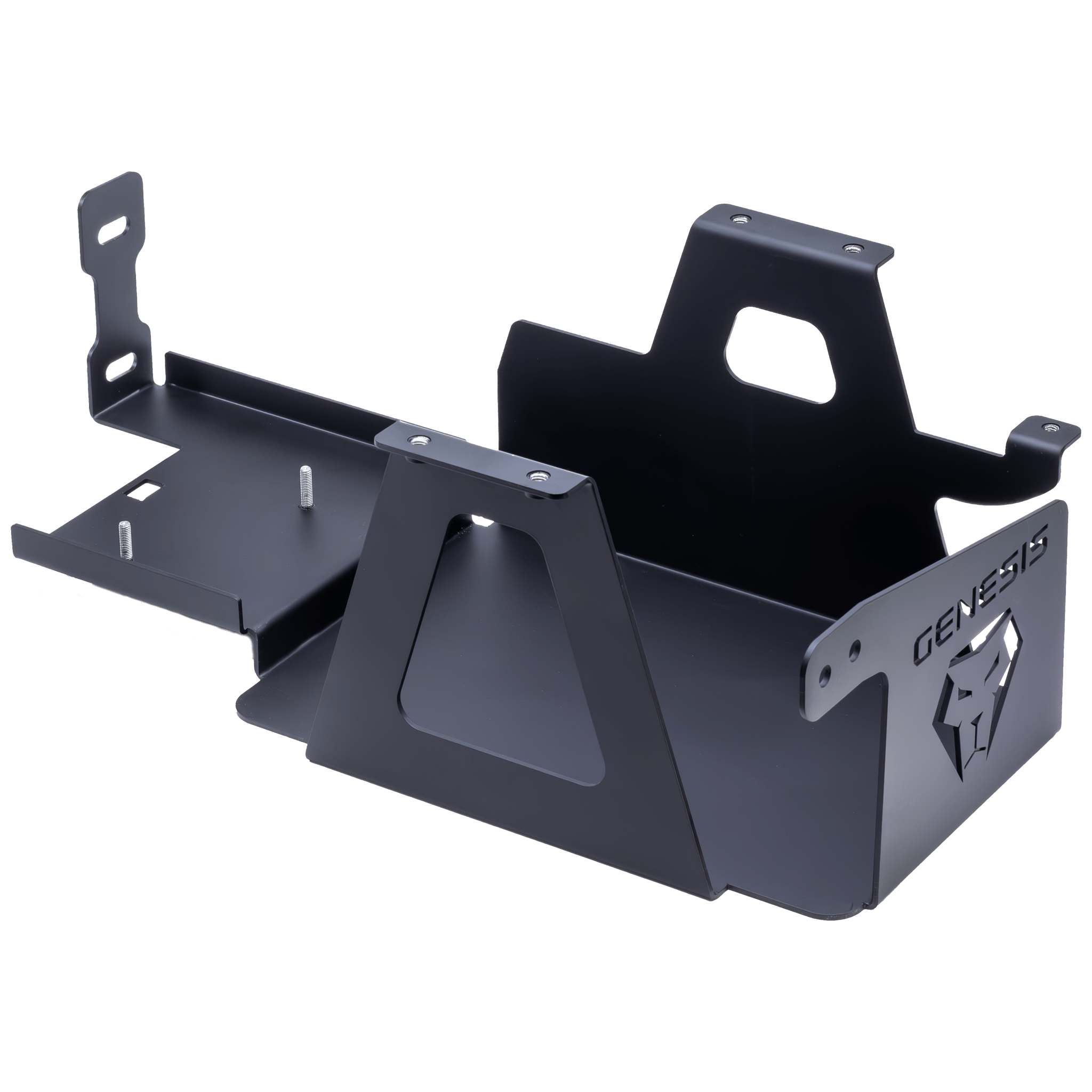
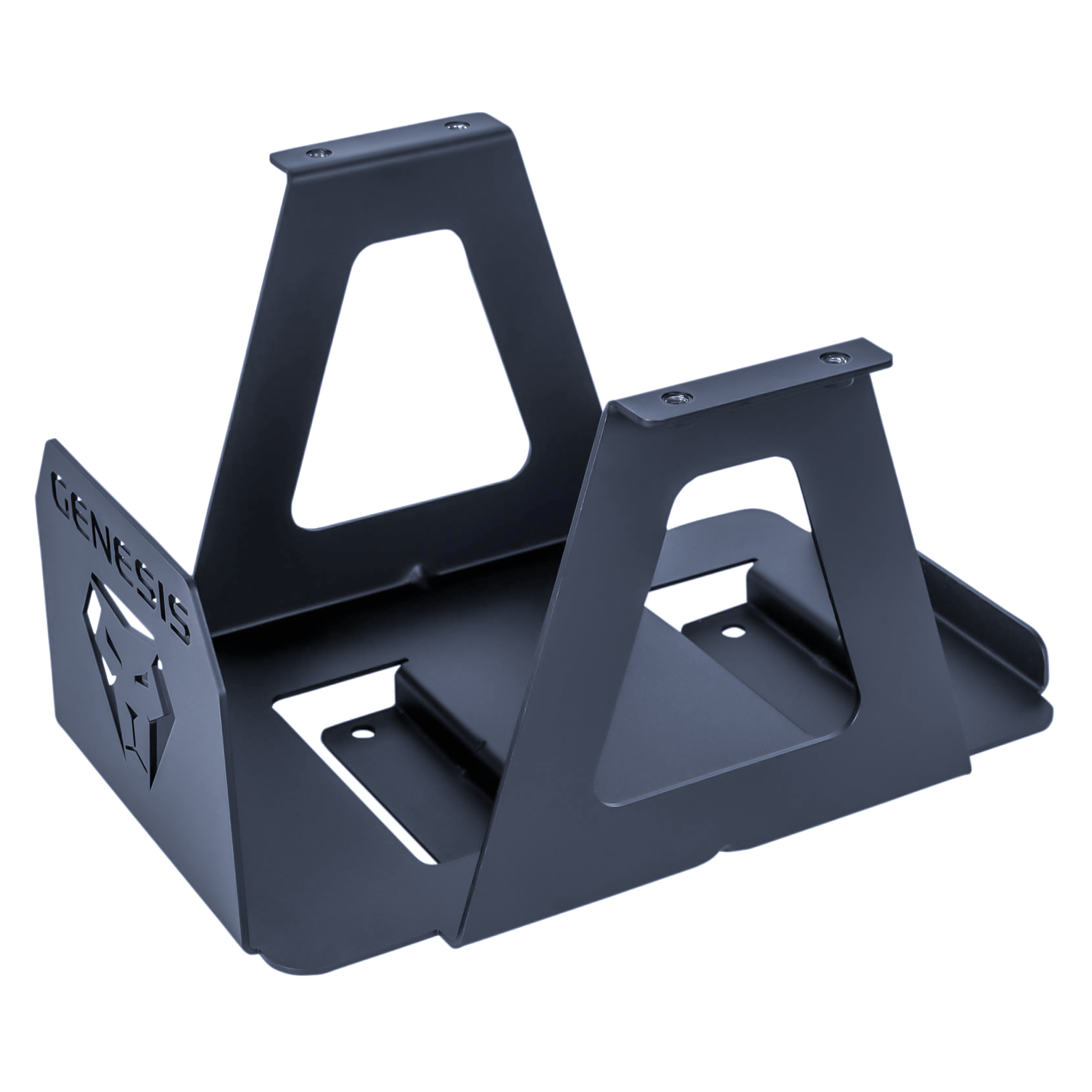
Leave a comment
This site is protected by hCaptcha and the hCaptcha Privacy Policy and Terms of Service apply.